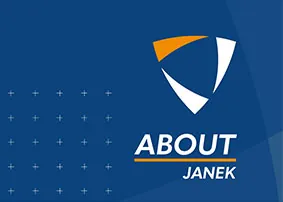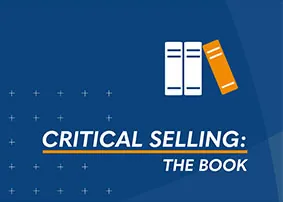Why Deals Really Stall and How Top Sellers Keep Them Moving

The Hidden Cost of Stalled Deals
Every seller knows the feeling. The pipeline looks strong, conversations seem positive, and the buyer appears ready to move forward. Then everything stops. No rejection, no progress, just silence.
In enterprise sales, deals rarely fail outright—they stall. The 2025 Sales Performance Scorecard Study found that 30 percent of forecasted opportunities end in no decision, a figure that has grown year over year. Buying cycles stretch longer, internal priorities shift, and risk-averse stakeholders often default to inaction.
What is frustrating is that many of these deals could have closed. They do not stall because the solution was wrong but because execution broke down. The wrong conversations happened at the wrong time, and sellers lost momentum across a complex, multi-stakeholder process.
Why Deals Stall Is Not About Effort
Sales teams have never worked harder. Organizations have invested heavily in training, tools, and process frameworks. The problem is not commitment; it is design.
Most sales systems were created for reporting and oversight, not for the people doing the work. Training lives in a portal instead of in the flow of work. Coaching happens once a quarter instead of in the moment of need. Technology produces dashboards but not direction.
The result is an execution gap. Sellers may know the right steps, but those steps do not consistently show up in the field where performance happens. Pipeline reviews rely on intuition instead of evidence, and activity is mistaken for progress.
In short, opportunity management often collapses under its own complexity.
How Top Sellers Keep Deals Moving
Top performers think differently. They know that momentum is earned, not assumed. The best sellers align their actions with how buyers make decisions and orchestrate every interaction to reduce friction.
Here is how they do it:
- They design every step around the buyer, not the process: High-performing sellers treat every interaction as a chance to reduce uncertainty for the buyer. They help stakeholders align, clarify priorities, and build confidence in the decision to change
- They unify process, skills, and technology in real time: The best sellers use tools that support them rather than slow them down. They apply proven processes, adapt their communication skills, and use technology that reinforces both. This combination creates clarity for the seller and confidence for the buyer.
- They see risk before it becomes visible: Stalls rarely happen overnight. Top sellers recognize early warning signs such as an inactive champion or a changing timeline. By identifying risks early, they act before momentum disappears.
- They measure progress by buyer behavior: Instead of tracking internal milestones, elite sellers look at evidence: who is engaged, what is being validated, and whether the buyer is taking meaningful steps forward. This insight-driven approach turns opportunity reviews from speculation into strategy.
The Power of Orchestration
Modern sales leaders are rethinking opportunity management as orchestration. It is the ability to bring together process, skills, and technology in one connected system that works for sellers instead of around them.
When these elements align, training lives in the workflow. Coaching becomes continuous and contextual. Technology helps to simplify, not complicate things. Deals stop stalling because execution becomes predictable and repeatable.
Sellers gain the support they need at the right moment, and leaders gain confidence that opportunities are being managed with discipline and insight.
The Bottom Line
Deals stall not because sellers lack talent but because their training and enablement do not show up where it matters most. The solution is not to work harder; it is to work smarter with the right support in place.
When sellers have structured guidance, continuous reinforcement, and in-the-moment advice execution becomes consistent, and confidence grows. They stay focused on what moves the opportunity forward and avoid the stalls that slow everyone else down.
The best sales teams invest in building these capabilities. They equip their people with training that sticks, tools that coach in real time, and insights that turn skill into daily performance. That is how they keep deals moving and turn potential into predictable success.


- Account Planning (11)
- Awards (50)
- Client Testimonial (37)
- Personal Branding (19)
- Podcast (11)
- Research (69)
- Sales Career Development (85)
- Sales Coaching (154)
- Sales Consulting (133)
- Sales Culture (164)
- Sales Enablement (344)
- Sales Leadership (110)
- Sales Management (241)
- Sales Negotiation (16)
- Sales Prospecting (120)
- Sales Role-Playing (18)
- Sales Training (230)
- Selling Strategies (256)
- Soft Skills (67)
- Talent Management (92)
- Trusted Advisor (27)
- Virtual Selling (41)
- Webinar (11)





























